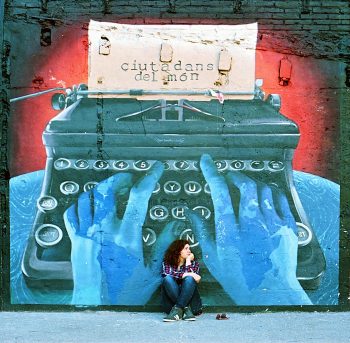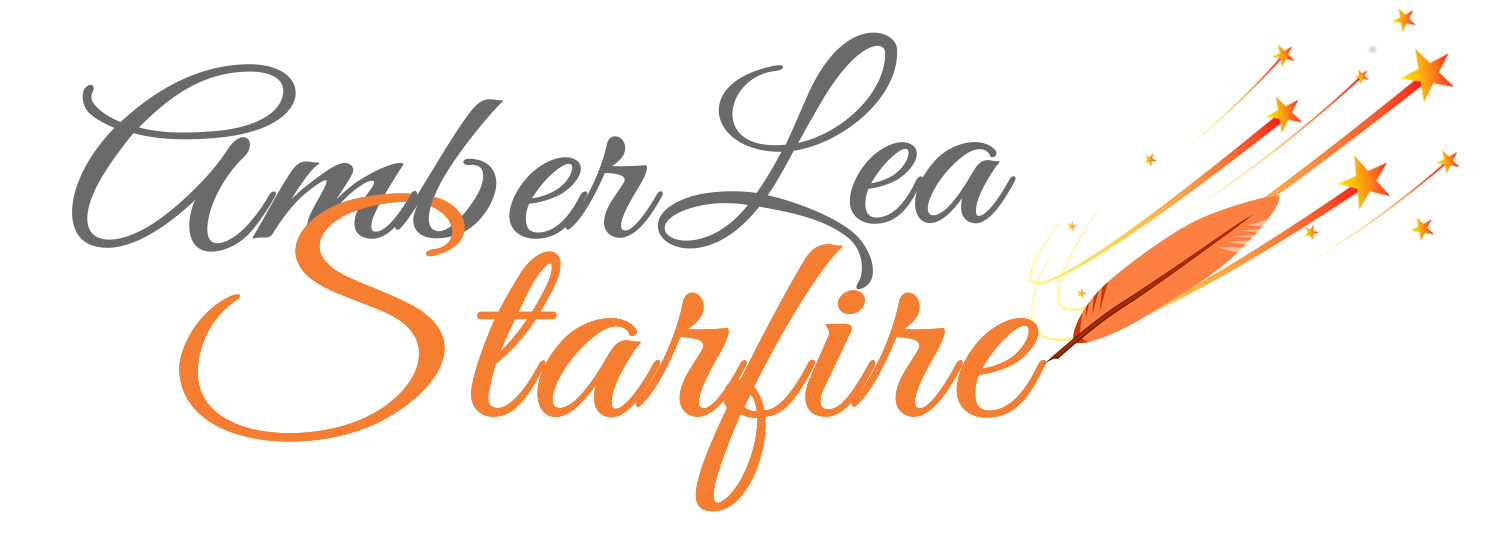 I don’t know about you, but I have a terrible time paying attention to what is going on around me. I forget to stay in the present, in my body, and with intention. Instead, I (my conscious self) am up in my head, thoughts whirling around like theme park rides, complete with screaming passengers. I’m creative, passionate, active — always doing, doing, doing. But ask me to tell you what something smelt like, or the color of a girl’s eyes, or the texture of a piece of fruit I ate earlier in the day, and … well … the only thing I can do is stop, close my eyes, and try to recreate the moment of my experience. I’m mostly successful with this technique but, as you may have noticed, it requires me to slow down. How much richer might my writing be if I were to spend more time paying attention and less time in the theme park of my mind?
I don’t know about you, but I have a terrible time paying attention to what is going on around me. I forget to stay in the present, in my body, and with intention. Instead, I (my conscious self) am up in my head, thoughts whirling around like theme park rides, complete with screaming passengers. I’m creative, passionate, active — always doing, doing, doing. But ask me to tell you what something smelt like, or the color of a girl’s eyes, or the texture of a piece of fruit I ate earlier in the day, and … well … the only thing I can do is stop, close my eyes, and try to recreate the moment of my experience. I’m mostly successful with this technique but, as you may have noticed, it requires me to slow down. How much richer might my writing be if I were to spend more time paying attention and less time in the theme park of my mind?
Some people are naturally meditative (or so it seems to me). I can be, but I have to periodically recalibrate myself to remember I live in a world full of sensory information, not a world comprised entirely of thought.
Recalibration means performing exercises that help bring my attention back to the concrete experience of this world. Since I’m once again needing to come down to earth, I’d like to invite you to join me. Are you game?
Here’s what we’ll do:
- Daily walks. I’m already walking daily for exercise, but walking for re-focused attention requires a different technique. Rather than power walking, arms swinging briskly, ears plugged and listening to music, these walks must be done without headphones. It’s okay to walk briskly, but focus on the world around you and the sensations in your body, rather than the speed at which you’re walking.
–
Pay attention to the sounds of the birds, traffic, and voices; the smell in the air; the feel of your heartbeat as the blood rushes through your body and the feel of the air on your skin. Pay attention to the action around you with curiosity, and keep your thoughts away from problems at work or home. This is not a time for problem solving. Think of it as a mini-vacation from everything but the moment.
– - Mini-breaks throughout the day. For this, I set a reminder for once an hour or every couple of hours. When the reminder alert goes off, I stop, take three deep, slow breaths, tune into my senses and ask, What is happening right now?
– - Brief, time-capsule-style journal entries. This is a technique in which you capture something concrete about each day in 50 words or fewer. It might be something as simple as, “The air smelled like roses today. Moist, rich scent. Reminded me of the ’80s for some reason.” It’s okay to write more, but because we’re only committing to write a few words, it’s easy to accomplish. We won’t tend to procrastinate or skip it altogether.
– - One scene a week. Once a week, we’ll write a scene based on something that happened that week. It doesn’t have to be anything dramatic (though dramatic scenes are easier to write about). I write nonfiction, so I try to keep it true to what really occurred, but if you write fiction, why not use a real-life event as the basis for something more imaginative? The thing is to keep your scene based in a moment in time and one place. Include dialogue, if appropriate, and concrete sensory details. Don’t explain, only describe.
Now, all that’s not so hard, right? Daily walks can be 15 minutes (or more), the mini-breaks take about 30 seconds each, time-capsule journal entries take about 1 minute, and your weekly scene around 30 minutes. Total commitment? About 20 minutes a day, plus the once-weekly time for writing a scene.
Will you join me this week? Let’s support each other in paying attention for better description in our writing. Share your experiences or some of your time-capsule entries throughout the week by leaving a comment.
______________________________







Hi Amber,
I could so identify with this post today. I am in!!!
Kathi
Excellent, Kathi! I’m planning to post a little bit each day during this week in the comments section of this post. Please feel free to join me 🙂
As usual, you’ve offered good ideas for nudging the muse. Thanks, Amber for your enthusiasm and knowledge.
Thanks, Patsy. What do you do to help focus attention on the senses?
A good start today – I found that I needed to focus on one sense at a time. As usual, smell is the most difficult. It also helped to write down my impressions immediately following my walk or mini-breaks during the day.
A snippet of my time capsule for Day 1:
A call center sounds like a hive of bees, a white noise of buzzing voices, the hum of flourescent lights and air conditioning, a vibration beneath my feet.
I have the most trouble describing smells as well. Here is part of my attempt for today:
The humid air forces me to slow my breathing in an effort to refresh myself. With each long breath comes musky wet earth and freshly mowed grass.
Like you, I noticed that all the smells seemed to drift upward, released from the earth by the rain, rather than floating in the air or coming with the breeze. I had never noticed this before.
Day 2: Rainy and didn’t walk outdoors today. Feeling disappointed.
The lunch room at work was tv noise and chatter, smells (today) of guacamole and chili and taco seasonings, warm and moist air. All the breathing in there.
Day 3: The sun returns
My every pore welcomes the warmth of the sun. The air is still moist and heavy with chorophyll, filled with the heated green of well-watered leaves. Turning a corner, the last of the star jasmine layers its perfume onto the rest, transforming the air into a fragrant soup that fills the lungs and heart. In the background, a single bird chirps.
Hi Amber,
I feel like I’m letting you down. I had surprise company followed by unexpected time off for my husband. But enough with the excuses. My awareness has been raised. I find myself in the moment thinking about how I would describe it. I am consciously attempting to describe smell and watch for the little things that make each moment unique. I am using the Day One App for my time capsules. Now I must do better with my weekly scenes! So… I wanted to thank you for what you do. This challenge has made a difference for me.